
National Institute for Basic Biology

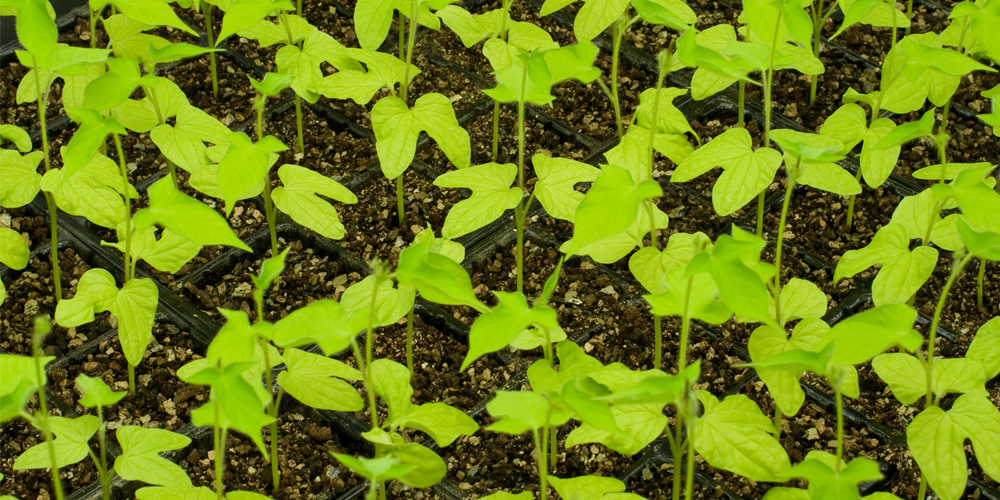


| Venue | EMBL Heidelberg, Germany |
|---|---|
| Date | Oct. 22-24, 2015 |
The Ph.D. Symposium was held at the ATC hall in EMBL. The ATC hall is built in a “well-hole” style, surrounded by two spiral passages with some bridges between them, which mimic the double helix and base pairs of DNA. At the Ph.D. symposium, students had come from various regions from all over the world. I was surprised that second year Ph.D. students organized this fantastic symposium. The theme of the Ph.D. Symposium this year was “Just by chance?”. Various topics were provided in this symposium, e.g. developmental biology, evolution, structural dynamics and bioinformatics. It was difficult for me to understand unfamiliar topics. However, I was very interested in the programs because these topics covered “wet” (experimental biology) to “dry” (informatics), which reflects current biology. We had many coffee breaks between talk sessions. During the breaks, students were proactive in their communications with each other. I also tried to communicate with them, but I could not speak lively with them, except for easy conversation. In the symposium, I presented my research in a poster session. My theme didn’t completely match the theme of the Ph.D. Symposium “Just by chance?”, but many people came to my poster. I was nervous because I had to speak only in English. However, during the poster session, I felt that we were able to understand each other through the scientific topics, much better than through the topics during the coffee break, so it was an enjoyable time.
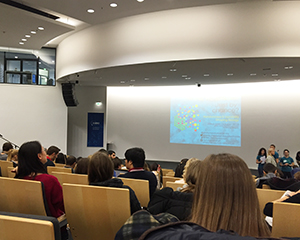
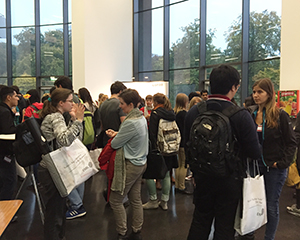
The EMBL laboratory building is a sophisticated design, and was like a labyrinth. I visited the laboratory of Dr. Anne Ephrussi, who aims to reveal the mechanism of local translation in Drosophila embryos. During my visit, first, I introduced my research to the lab members in an informal seminar for about 40 min. After that, we discussed my work and their work with a few lab members. In NIBB, I usually present my research in English in progress seminars, but I felt a higher tension in the EMBL lab visit. In my presentation, I was very glad that they asked many questions. However, it was difficult for me to understand their questions quickly, because their talking speed was very fast for me, so I had to ask people to repeat their questions to understand. In the discussion with the lab members, I also felt that my English ability was not sufficient for a lively discussion. So, we communicated with each other using not only language but also drawing pictures. I reflected on these points a lot during my lab visit, but it was still a very precious time for me. I will make use of this experience in the future.
On the last day, I visited Dr. Kota Miura, who is an image analysis coordinator at EMBL. He has been living in Germany for many years. I heard about the various differences between Europe and Japan, including how researchers perceive molecular biology in their research. I was very interested in that, and it was a meaningful experience.
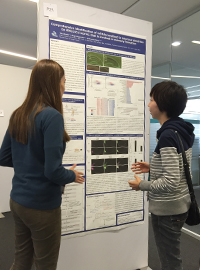
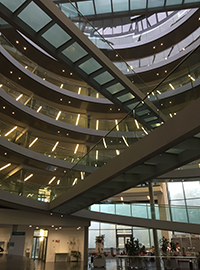
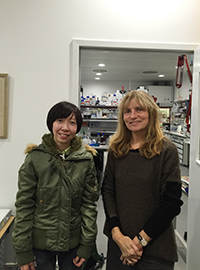
I felt that I have to make more of an effort to survive as a researcher. I often think that, but I strongly reaffirmed my commitment because of this EMBL visit. Finally, I would like to thank to the staff of NIBB and EMBL for supporting my visit.
22-24, October Ph.D. Symposium
26, October Dr. Anne Ephrussi Group
27, October Dr. Kota Miura Office
Laboratory of Neuronal Cell Biology, NIBB
Rie Ohashi (SOKENDAI)
The theme of the EMBL PhD student symposium 2015 was “Just by chance?” and the aim was “to explore the importance of randomness and variability in biology”; I realized that applying bioinformatics to biology research should be highlighted and it was a useful hint for me. The symposium attracted mostly early-stage PhD students and high-profile speakers spanning all continents with diverse backgrounds. The symposium program had been formulated with several lectures, short talks and a poster session. At the end of each day, we had a blackboard session and a panel discussion. At the blackboard discussions we could choose our topic of interest and sit down with speakers in a small group to share insights from their most recent research. This time was a great opportunity. Moreover, I was able to strengthen my network of connections with other scientists. After a three day tight schedule, I had a weekend to tour Heidelberg city. I passed through many historic treasures including Heidelberg’s Schloss (castle) and the Neckar River’s autumn colors absolutely invigorated me.
The second part of my program was a one week training course at the EMBL GeneCore facility headed by Dr. Vladimir Benes. I practiced a protocol provided by Dr. Bernd Klaus -a step by step method- using statistical bioinformatics to analysis high-throughput sequencing data such as DNA-Seq or RNA-Seq. I was supported technically by highly qualified staff in Dr. Benes’ group. The atmosphere of his lab was very relaxed and friendly. I am looking forward to having an opportunity again in the near future to visit EMBL.
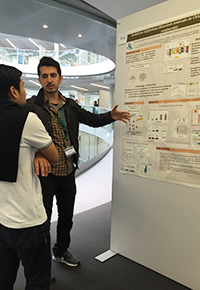
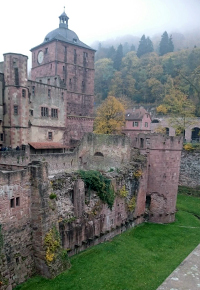
22-24, October Ph.D. Symposium
25, October-2, November Dr. Benes’ Lab
Division of Environmental Photobiology, NIBB
Yousef Yari Kamrani (SOKENDAI)